The Brihanmumbai Municipal Corporation (BMC) has allocated crores of rupees to beautify wards, yet, participatory planning has been abandoned altogether. There is a greater need for involvement of citizens in actively monitoring the work being undertaken in their ward and demanding accountability from the municipality. Complaints of irregularities in the tendering process also alarm us, considering the lack of consultation with citizens during the planning or implementation stages.
In an ideal world, all that would be expected of a citizen is that they would pay their taxes and enjoy the benefits and comforts authorities offer, in the form of good governance and facilities. They could expect their elected representatives to listen to their demands and deliberate on them. But does it really happen? Sadly no!
It is because of such gaps and failures on the part of the municipality that the concept of Advanced Locality Managements (ALM) was introduced.
What is an ALM?
As per the official definition, “The ALM is an identified locality or neighbourhood, the residents of which commit themselves to improve the “Quality of Life” in the locality / neighbourhood in close co-operation with the MCGM.”
Collectively, they monitor the works carried out by various utilities, BMC, Police and Traffic Department. A core group is formed, and they represent the area.
The group usually meets among themselves a couple of times a month, and with the authorities on one designated Saturday of the month.
Issues taken up by an ALM may be many: bad roads, collapsing storm water drains, broken and encroached footpaths etc. Hawkers, illegal structures, and inappropriate licences granted to restaurants are other problems faced by the residents.
Meetings of ALMs are also held with elected representatives and their intervention and action are sought. In short, the residents of the area become the eyes and ears of the authorities
Today with technology at everyone’s fingertips, pictures can be shared with officers for quick redressal. Police and Traffic departments too can be approached. One must admit action is slow and at times, completely missing.
Read more: Concerned citizens work alongside the municipality. Story of ALMs in Mumbai
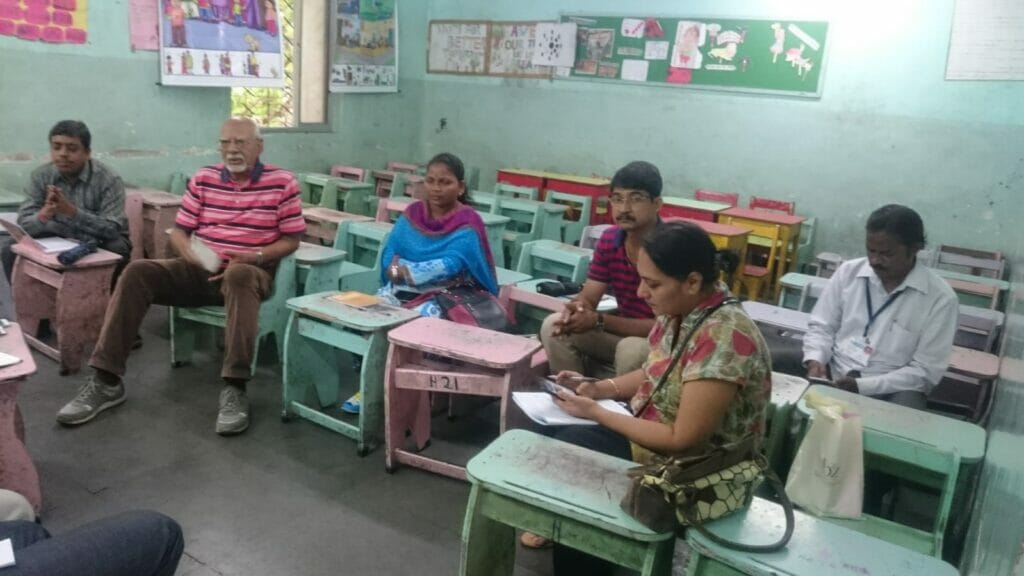
My experience working with the municipality
A B Nair Road ALM, Juhu was formed in April of 2003 and I have been a part of it since its inception. Residents of the area were fed-up of a huge open community garbage bin surrounded by dogs, cats, cows, rodents and crows. Pothole ridden roads and open clogged storm water drains were also the bane of residents here. Thus was born our ALM.
I have also been active in the Juhu Citizens Welfare Group and involved myself in several initiatives. Enthusiasm, regular meetings, and correspondence with the government got us the desired results. The community bin was shut down. Door-to-door collection of segregated garbage became the new norm.
The ALM members approached the MP residing in the area; through his MPLAD funds, we were able to cover the storm water drains with a footpath. In place of the bin, we created a small green spot with potted plants making it a welcome pleasant sight.
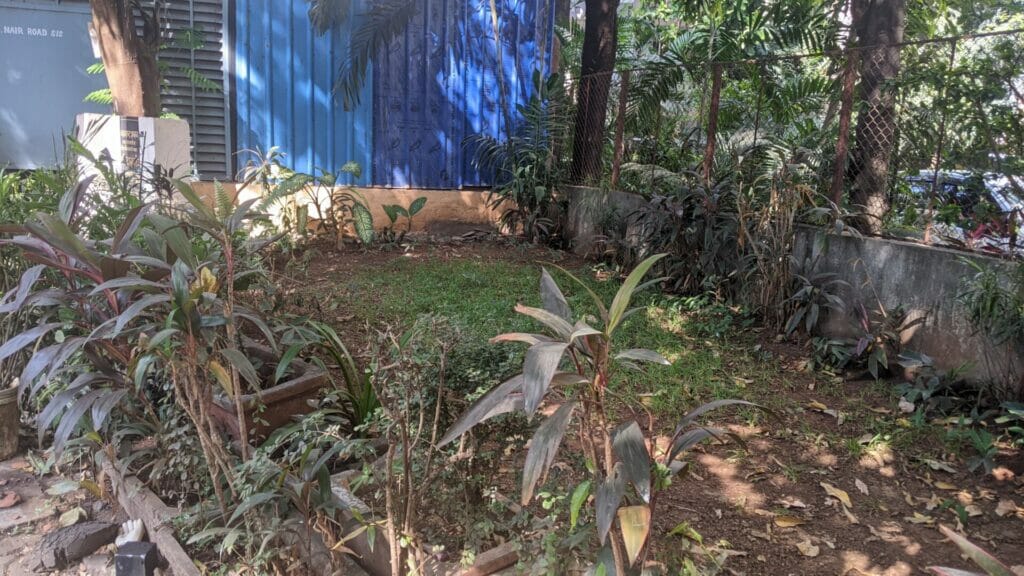
Our ALM members became a motivation for other parallel streets to form ALMs too. All did not meet the success we did; however the one achievement was that we urged the BMC Solid Waste Management Team to close down 18 open community bins and facilitate door-to-door garbage collection.
Initially the function of the ALMs was restricted to garbage segregation and collection. Also, if the residents of the area did not segregate the garbage, they could not participate in the programme. Today most of the ALMs insist on garbage segregation. Some go the extra mile and compost their kitchen waste in their premises. We found garbage strewn all over the beach with several issues like alcoholics and drug addicts in the area.
Along with waste management, our ALM has worked extensively on addressing storm water drains choking up, road planning and one that I am most proud of – Juhu beach gardens. Juhu Citizens Welfare Group (JCWG) came together and raised money to set up gardens. To ensure that the beach was clean for the morning the next day, the municipality set up a monitoring committee. Four members of JCWG were included in the committee to ensure the cleanliness of the beach. We have consistently taken efforts to ensure our projects are successful, and the fruits of our hard work are safeguarded and maintained.
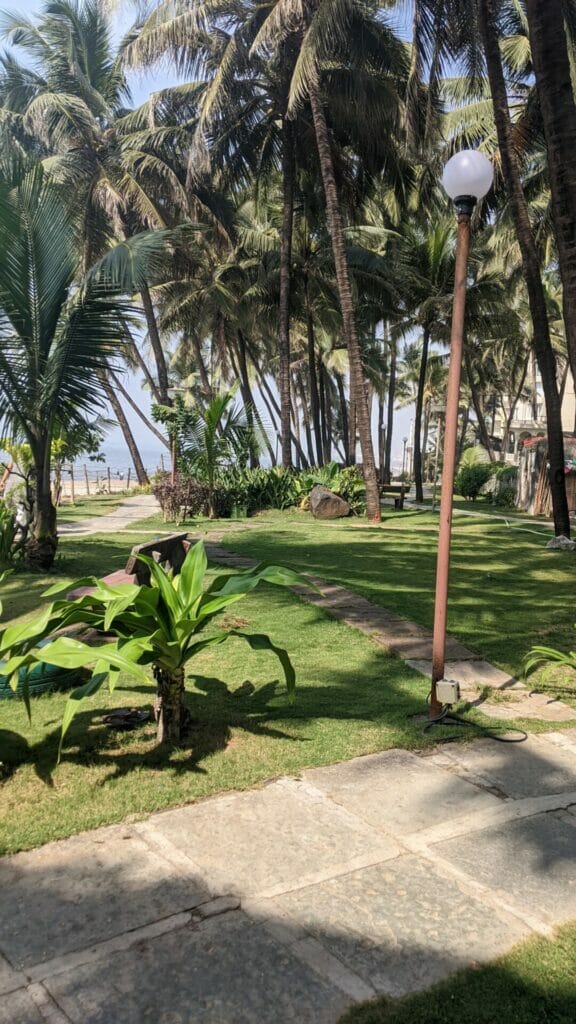
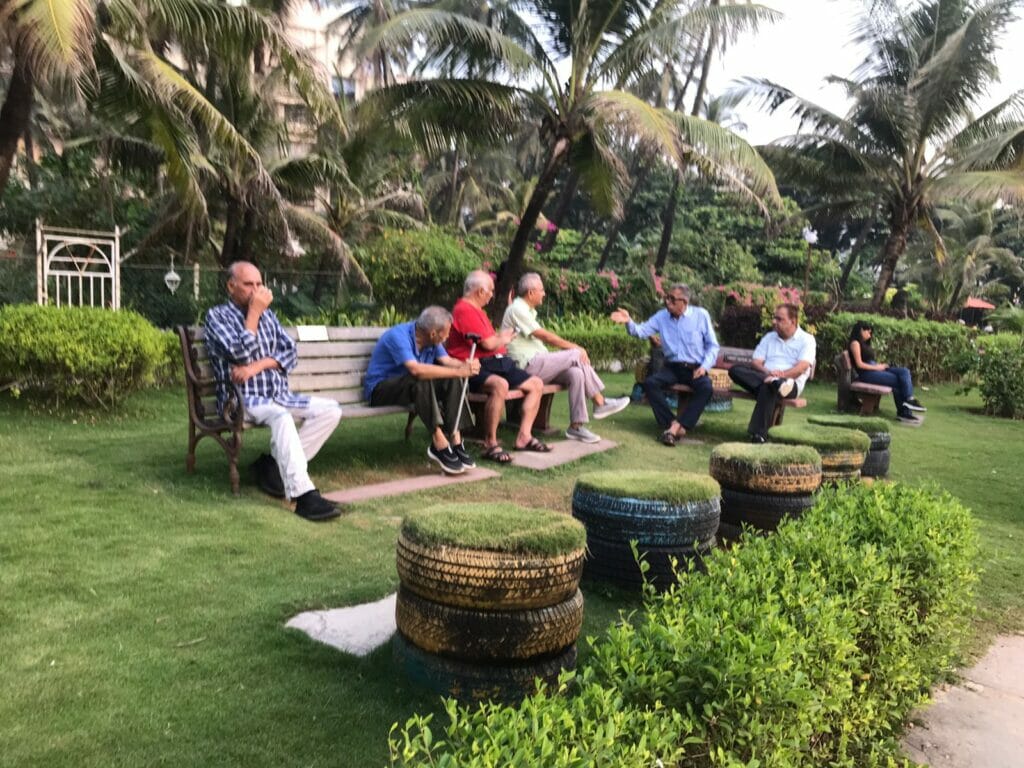
Status of ALMs today
I have observed that the functioning of the ALM depends heavily on the political will of the elected representatives. For the issue of illegal hoardings, for example, we have noticed that all concerned parties tend to pass the buck. On the other hand, when elected representatives do not view us as a nuisance and instead see us as an important link in the planning process, discussions and efforts are much more fruitful.
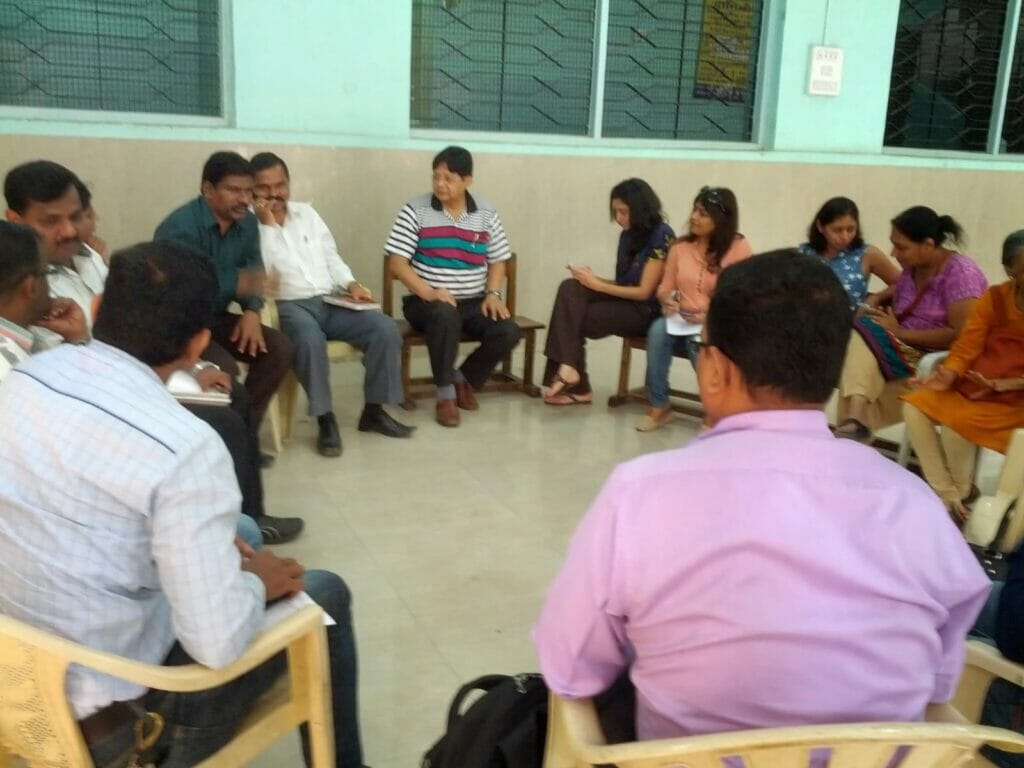
Our ALM meetings were held on the 3rd Saturday of the month at the BMC Ward office. Meetings were chaired by the Assistant Municipal Commissioner of the ward along with the team of BMC officials across all departments. In certain wards in the city ALMs are strong and consistent and have met with success. We need to have regular meetings to ensure the same demands are not repeated month after month and greater involvement of authorities to fastrack the redressal for citizens’ concerns.
Read more: Explainer: who governs Mumbai?
In many cases, ALMs tend to be comprised of experienced but old members, who have difficulty taking on the responsibilities required. ALMs need to be infused with young blood who are brimming with new ideas and are interested in doing good for the area around them. Encouraging youngsters to join should thus be the priority for existing members and the municipality.
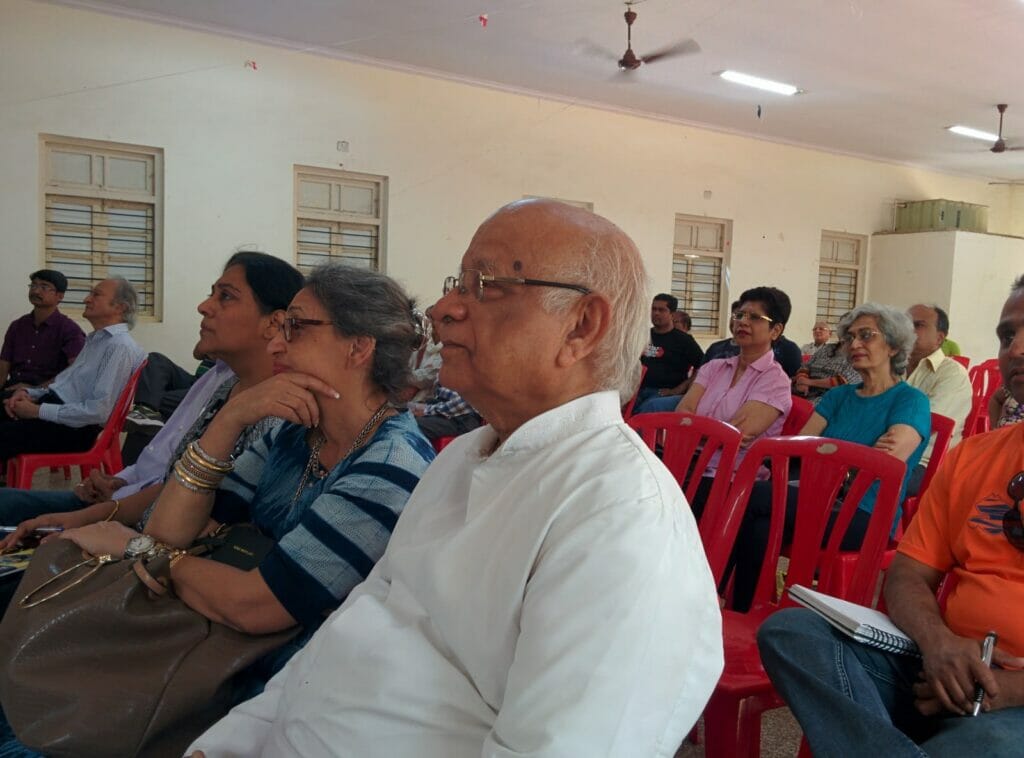
ALMs are important for the community, and they are here to stay. Instead of being viewed as outsiders, we should be welcomed. Residents should take advantage of these informal groups to reach out to the various departments and ensure better accountability from the authorities.
How to form an ALM?
- Local Residents to propose formation of ALM
- Letter of Intent to BMC to register ALM with the BMC. Get the document signed and stamped.
- Form a committee and a Memorandum of Association
- Work with BMC, Police and Elected Representatives to resolve problems you face
- Hold regular meetings
- Attend the monthly meetings held at the BMC
- Identify the Beat Officer of your area and seek help
- If problems are not resolved then approach the Deputy Municipal Commissioner
Courtesy: Action for Good governance and Networking in India (AGNI)
The ALM helps not only to make the citizens aware of the anomalies in the functioning of BMC in their neighborhood but supports the BMC to do a better job too. Awareness will bring accountability